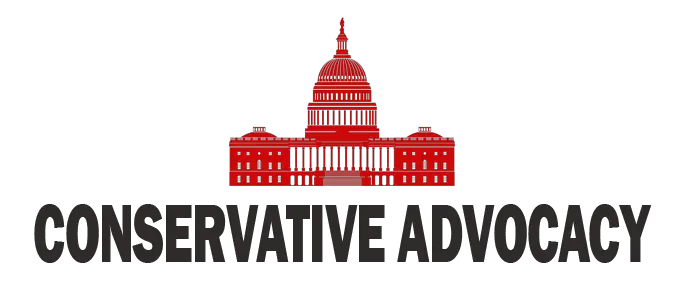In today’s world, where outrage seems to grow louder by the day, Druski has managed to stir up quite the controversy with his latest comedic skit. The essence of comedy, after all, is often found in pushing boundaries and challenging the status quo. Yet, in this case, a simple stunt involving makeup has led to heated discussions about race, impersonation, and what constitutes acceptable humor in modern society.
Druski, a popular figure in the comedy scene, chose to use makeup to portray a character that turned him “white,” complete with noticeable tan lines. Critics quickly labeled this as “whiteface,” drawing parallels to the historical context of blackface. The outrage seems disproportionate when considering that many comedians and actors have dressed as different races for roles and comedic purposes. When does playful impersonation cross the line into offensive territory? The rules seem to shift depending on who is involved and what the prevailing sentiment happens to be.
Comedy has always had a foundation built on observation, culture, and reflection of society. Druski himself has earned praise for his ability to embody characters, often providing humor that resonates with a broad audience. It’s evident that physical appearance plays a role in comedy; some comedians elicit laughter simply by stepping onto the stage. Yet, the backlash against Druski seems to suggest that any portrayal of another race – even done in jest – warrants condemnation. This is a troubling double standard.
Let’s take a step back and consider the trajectory of humor in America. Movies and shows throughout history have featured actors of various races portraying characters that they are not. Just think of Robert Downey Jr. in “Tropic Thunder,” where his portrayal of a black character sparked countless laughs, and yet today, such creativity feels increasingly constrained. When did we abandon the ability to laugh at ourselves in favor of hypersensitivity? People have dressed as heroes, athletes, and personalities of all kinds, regardless of race, without being met with scorn. Yet, when lines cross, who decides what can be joked about?
These conversations often lead to more confusion than clarity. Someone acting as a character for comedic effect is lightyears away from the historical practice of blackface, which was rooted in mockery and offense. The two should never be conflated. In this specific context, Druski’s skit appears to embrace humor rather than denigrate a race. As viewers and fans, we should be able to separate genuine satire from inappropriate caricature. It’s about celebrating the diversity of comedy without being shackled by the fear of backlash.
In a culture where personal responsibility and accountability matter, it’s essential to maintain the spirit of fun and creativity. Not every instance of impersonation requires outrage; humor can bridge divides, provoke thought, and spark joy. Druski utilized satire, and while some may take issue with the method, it’s vital to promote dialogue that allows for humor to thrive. The challenge now is to find a balance that cultivates respect while allowing for the vibrant expressions of art that comedy represents. Instead of silencing laughter, let’s encourage it, for it is a national treasure that binds us all together.




